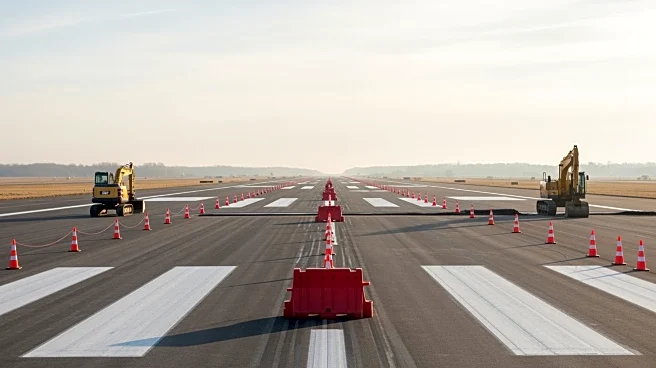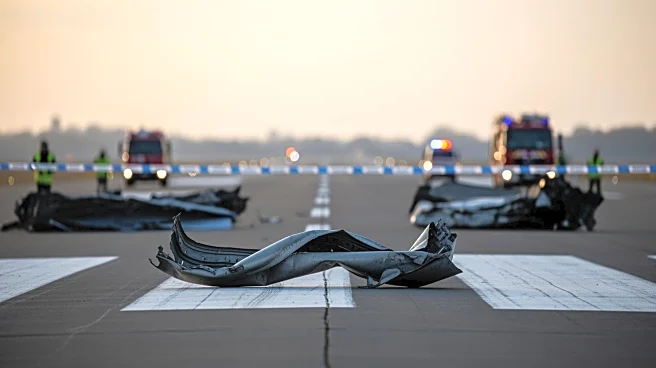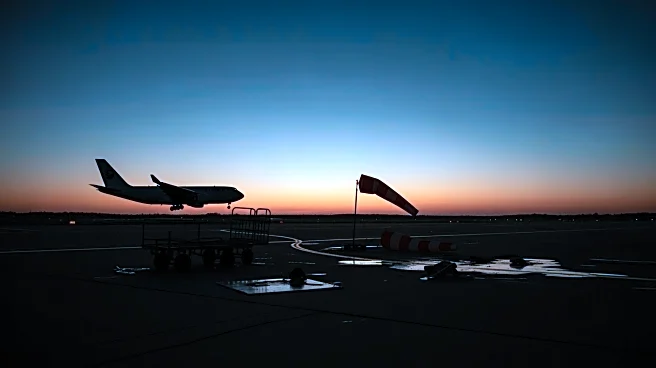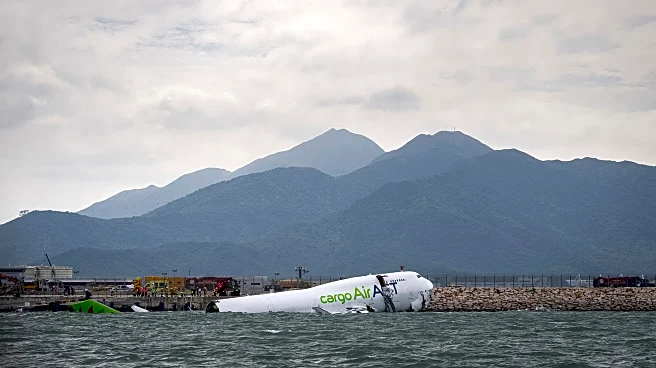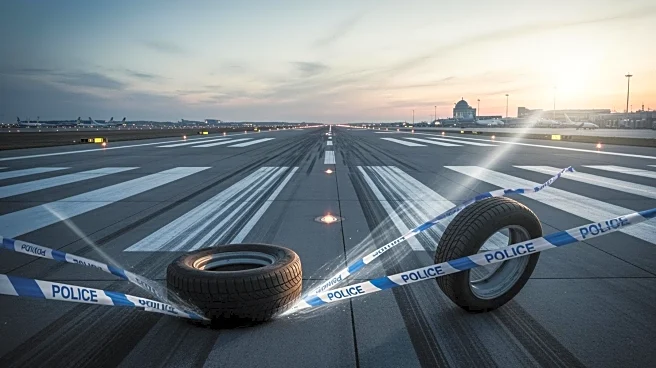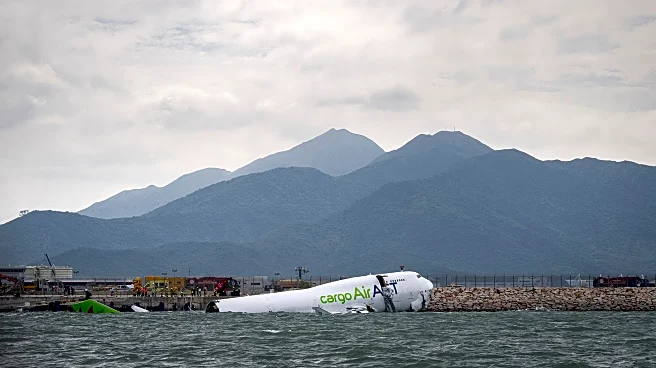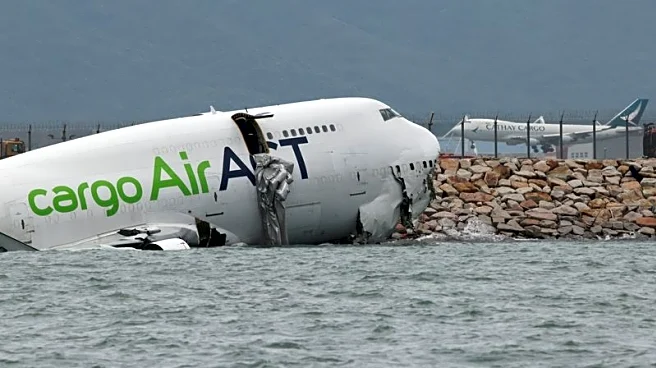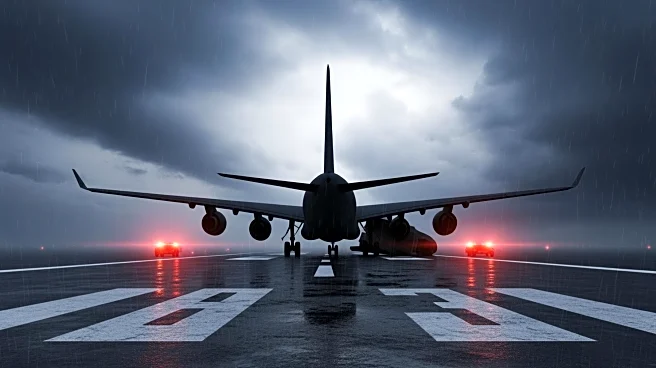What's Happening?
Hong Kong authorities are preparing to reopen a runway at the city's airport following a crash involving a cargo aircraft operated by Turkey-based ACT Airlines. The Boeing 747, leased by Emirates, skidded
off the runway and collided with a patrol car, resulting in the deaths of two workers in the car. The four crew members aboard the plane were unharmed. Repairs to the runway and fencing have been completed, but the runway will remain on standby status until the wreckage is fully cleared from the sea. Investigators are still working to determine the cause of the crash, with weather and runway conditions reportedly meeting standards at the time of the incident.
Why It's Important?
The crash highlights ongoing safety concerns in aviation, particularly regarding cargo flights. The incident has implications for airport operations and safety protocols, potentially affecting flight schedules and logistics at Hong Kong's busy airport. The crash also underscores the importance of thorough investigations to prevent future accidents. The involvement of a major airline like Emirates and the international nature of the flight route emphasize the global impact of such incidents on air travel safety and regulations.
What's Next?
Hong Kong authorities are coordinating with barge companies to remove the wreckage, which is contingent on weather conditions due to Tropical Storm Fengshen. The runway will remain on standby until the cleanup is complete, potentially within a week. An initial investigation report is expected within a month, which will provide further insights into the crash's causes and inform future safety measures. The findings could lead to changes in operational procedures for cargo flights and influence international aviation safety standards.
Beyond the Headlines
The crash is the second fatal incident for ACT Airlines, raising questions about the airline's safety record and operational practices. The previous crash in 2017 involved similar circumstances, with crew fatigue and miscommunication cited as factors. This pattern may prompt a reevaluation of crew training and fatigue management in the industry, as well as improvements in communication protocols between air traffic control and flight crews.
